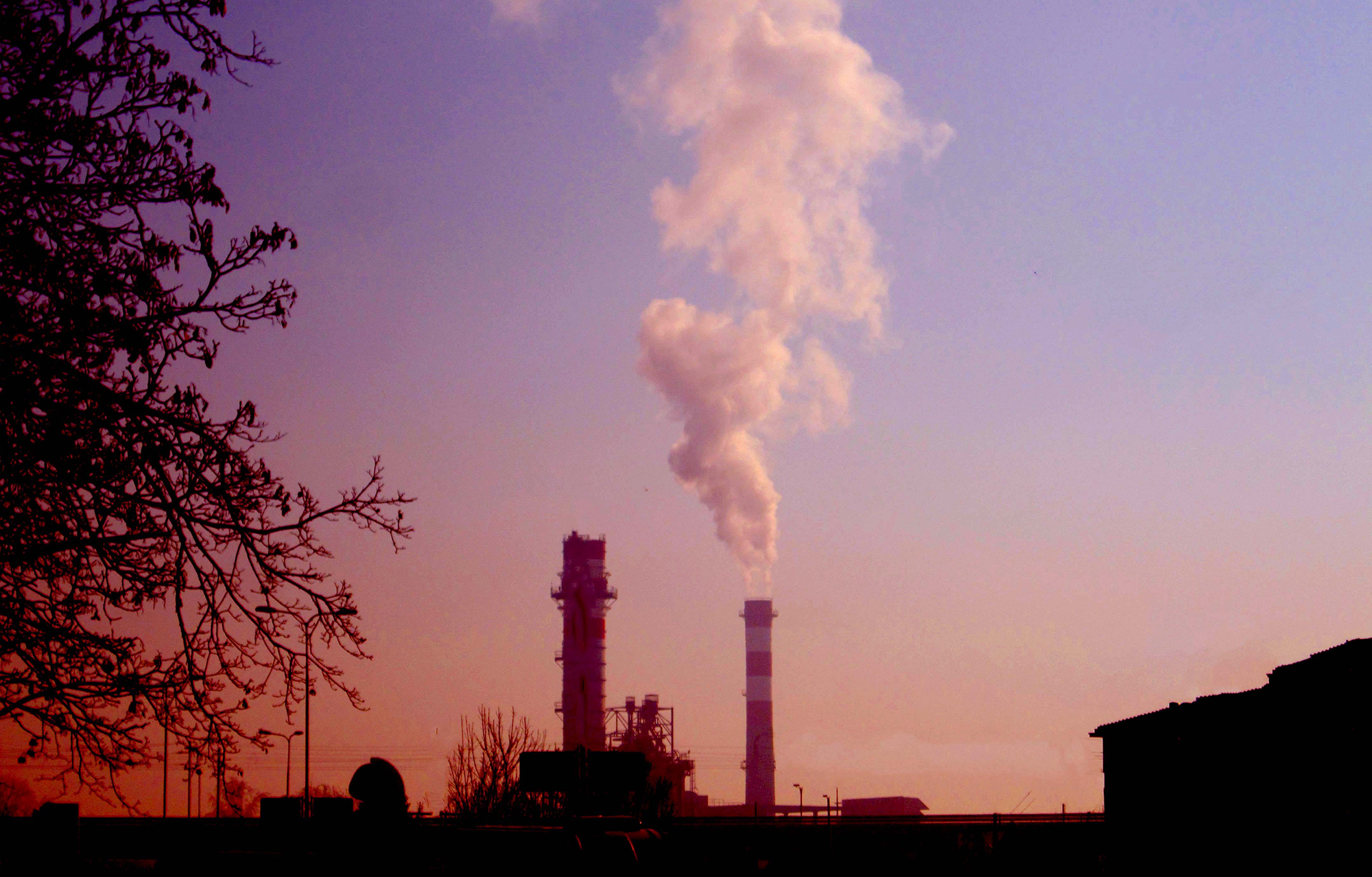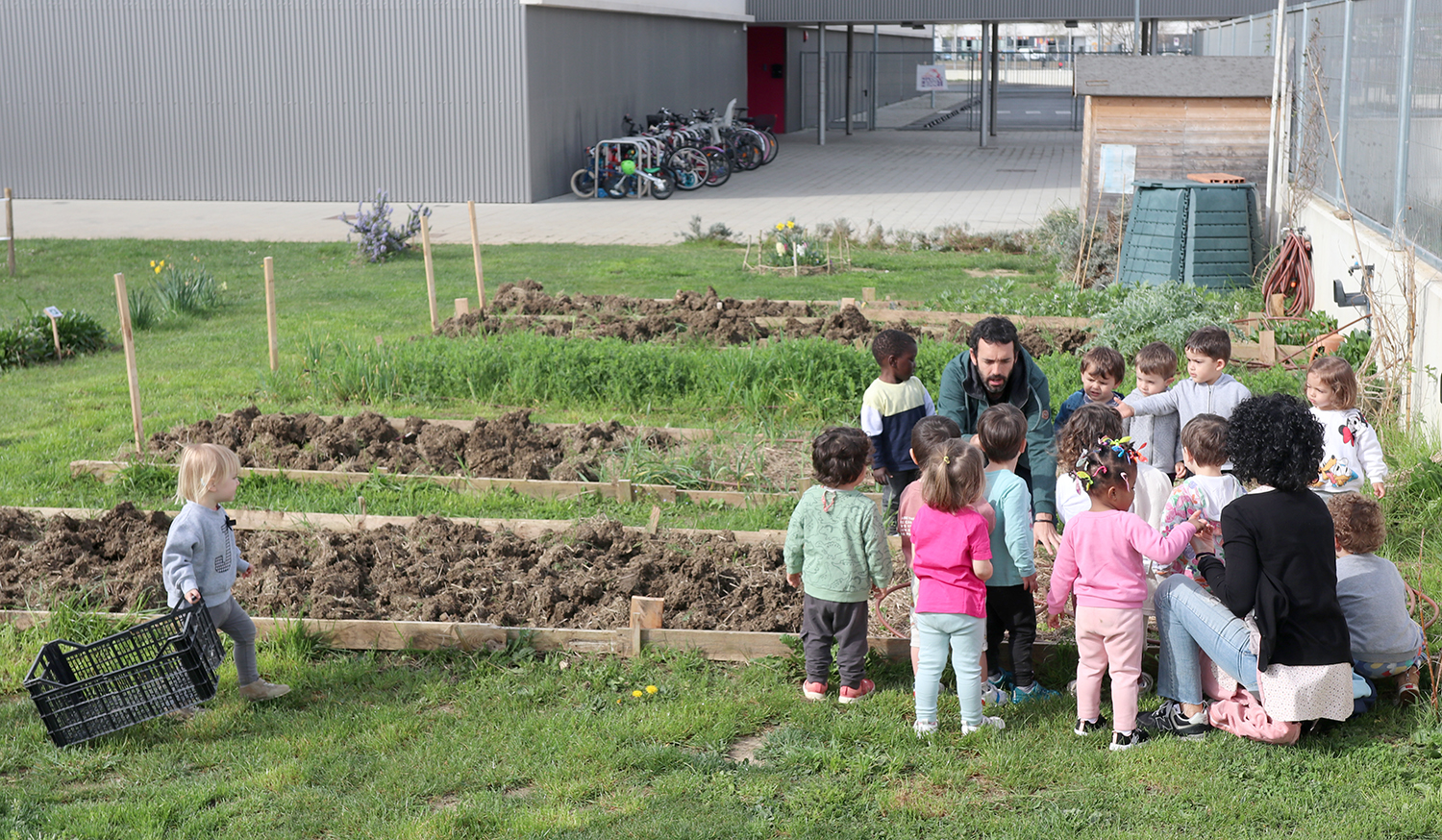The Quebrantabones Spread in the Basque Country
- Four puppies of the bird of prey, one of the most threatened species in Europe, have managed to take off this year, according to the Government of Navarra. The technicians have described it as a great success and the fact confirms that it is spreading to the west of the Pyrenees. But beyond that expansion, it still has great difficulties, the main one, the activity of man.

This year, breast reproduction (Gypaetus barbatus) in Navarre has hit record: four pups have managed to start the flight. Since they were born between February and April, the chickens have been in the nest, and after the important step of the first flight, the time has come for youthful expansion. Brittle bones are a species that can live for many years, but on the contrary, it has a very low reproduction rate – only one third of the Pyrenean surface in which it lives, one chick is born every year – and up to seven years it does not reach maturity.
According to the Government of Navarra, the predator can already be seen in nine counties, including Aralar, where it is located. In total, 6.3 per cent of the population of the southern Pyrenees is concentrated in this territory.
Of elegant appearance, shape and flight, one of its peculiarities is its hollow character; it therefore fulfills the last important function in the food chain, which consists of throwing the bones of the air into the rocks to break and eat the inner flesh, hence the name of Quebrantabones, Quebraosos or Trencalòs, in other languages.
Breaking bones, like many other birds, is a wild animal linked to healthy ecosystems, and today human beings are the biggest threat. Some experts believe that from now on they will have problems increasing their proliferation in the Pyrenees due to the “saturation” of human activity in this great mountain range.
Breaking bones was observed a few centuries ago in the major mountain ranges across Europe, but it has suffered a major recession since the last century. In the Alps, for example, it disappeared in 1935 and was last seen in Andalusia in 1988, in the Sierra de Cazorla.
Being one of the biggest animals in danger of extinction, its conservation has become a great challenge of interest in many places, with its foundations. In Navarre, the recovery plan for the Quebrantabones was launched in 1991.
Reintroduction of the bone in any way?
But brittle bones, like many other birds, is a wild animal associated with healthy ecosystems, and today human beings are the biggest threat. Some experts believe that from now on they will have problems increasing their proliferation in the Pyrenees, due to the “saturation” of human activity in this great mountain range.
About 30% of deaths are related to the use of poison; most mammals die from toxic ingestion. Many others are beaten to death against infrastructure or electricity networks or shot by illegal hunters.
When the burning reintroduction programme was launched in 2006 in the Picos de Europa, many environmental groups in Asturias were against: “You can’t introduce a species at any price,” they said. Pursuing the use of poison and without solving this problem, it makes no sense to reintroduce the bone “because that was what had led him to perdition.”

And in the Basque Country, what ecosystem and pressure is the bird that has become a symbol of its peaks? Outside the Pyrenees, Aralar is the only territory in which the burning has spread naturally.
Sources from the Government of Navarra have explained that in recent years Aralar has a couple formed by a quebrantabones and a female Aragonese who have passed through the vicinity of the Arbaiun foz, but have not yet managed to raise the puppies, since in the first year the egg was lost in the pocilga and in the second year the nest sank with the chick. “This shows us how difficult it can be to colonize another territory,” the foral technicians say.





















